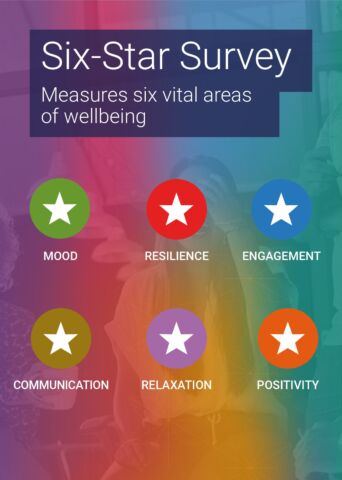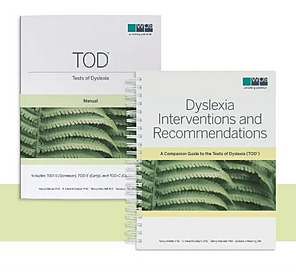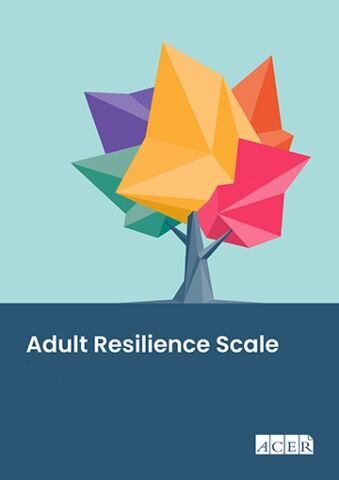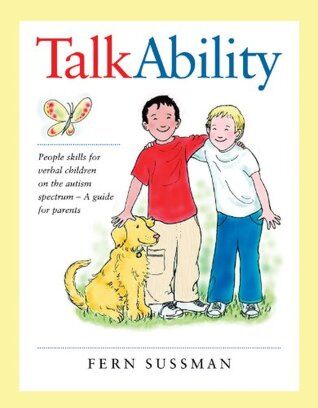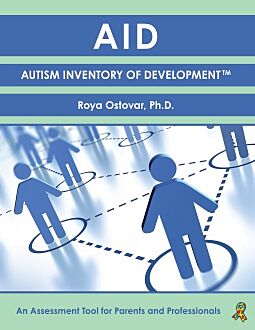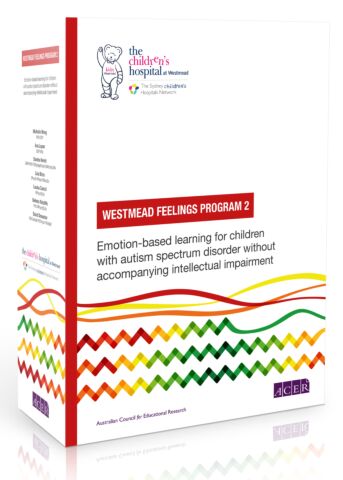TalkAbility
People skills for Verbal children on the autism spectrum
Author(s) : Fern Sussman
Publisher : Hanen Institute
SKU : 5449BK
As adults, we know that there’s more to successful communication than the ability to talk. When we’re having a conversation, we pay attention to non-verbal clues that help us understand what the other person is thinking and feeling, such as body language, facial expressions, eye gaze, and tone of voice.
Even after they have learned to talk, children ages 3-7 with Asperger Syndrome, mild autism or social difficulties face special communication challenges. To have real “talkability”, children have to understand the meaning behind the words by tuning in to the thoughts and feelings of other people. TalkAbility offers a wealth of practical strategies that parents can build into their child's everyday life. These strategies help children gain both the social and special language abilities for successful conversations and friendships.
How the TalkAbility Parent Guidebook can help you
The Hanen Centre designed the TalkAbility guidebook for parents of verbal children ages 3-7 with social communication difficulties. Some of these children have a diagnosis of high-functioning autism or social communication disorder, while others may have no diagnosis at all, but simply have difficulty with social communication. What these children all have in common is difficulty knowing what to say and do in social situations.
Many of these children find it difficult to:
- Have conversations with others
- Play with children their own age
- Talk about things that interest someone else
- Change a routine without becoming very frustrated
The TalkAbility guidebook teaches you how conversations work and helps you identify the things your child does well and the things he needs to work on. This makes it a lot easier to know how to help. You will learn, for example, that conversation consists of three parts, referred to in the guidebook as “ICE” (Initiate, Continue, End). With the help of the Conversation Checklists in the guidebook, you’ll be able to figure out which of these three parts your child needs the most help with.
TalkAbility teaches you how to make the most of the activities you’re already doing with your child. Simple tips and practical strategies will help you tweak the way you interact with your child to create opportunities for him to learn social skills. As your child meets certain goals and new ones are set, you can consult the guidebook for tips on how to use the strategies with the new goal in mind.







